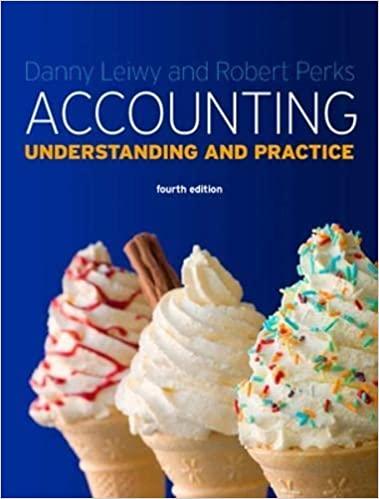Answered step by step
Verified Expert Solution
Question
1 Approved Answer
Chapman Company obtains 100 percent of Abernethy Company's stock on January 1, 2020. As of that date, Abernethy has the following trial balance: Debit Credit



Step by Step Solution
There are 3 Steps involved in it
Step: 1

Get Instant Access to Expert-Tailored Solutions
See step-by-step solutions with expert insights and AI powered tools for academic success
Step: 2

Step: 3

Ace Your Homework with AI
Get the answers you need in no time with our AI-driven, step-by-step assistance
Get Started


